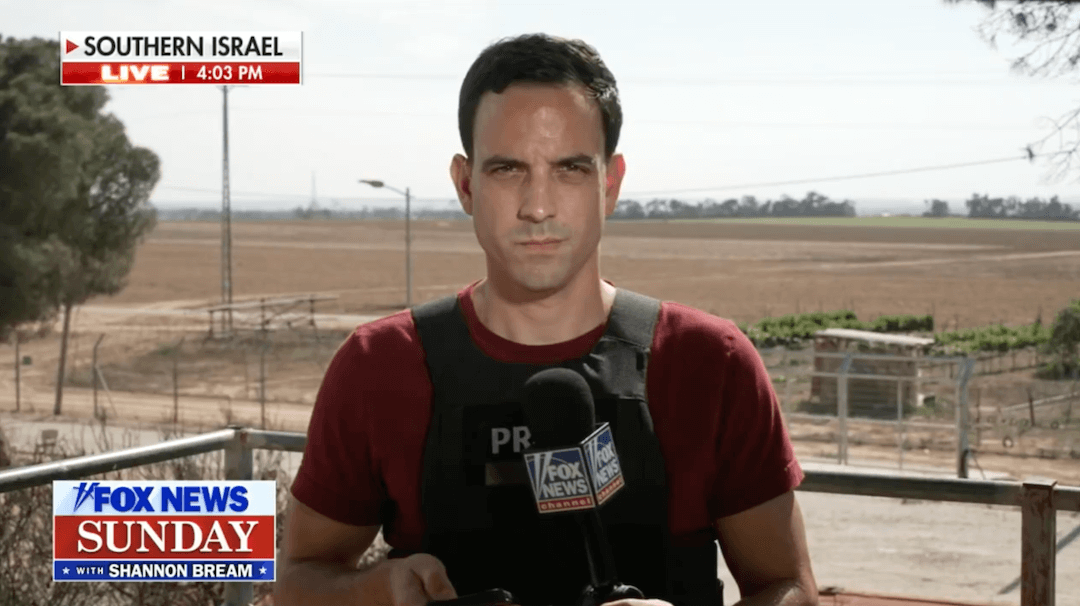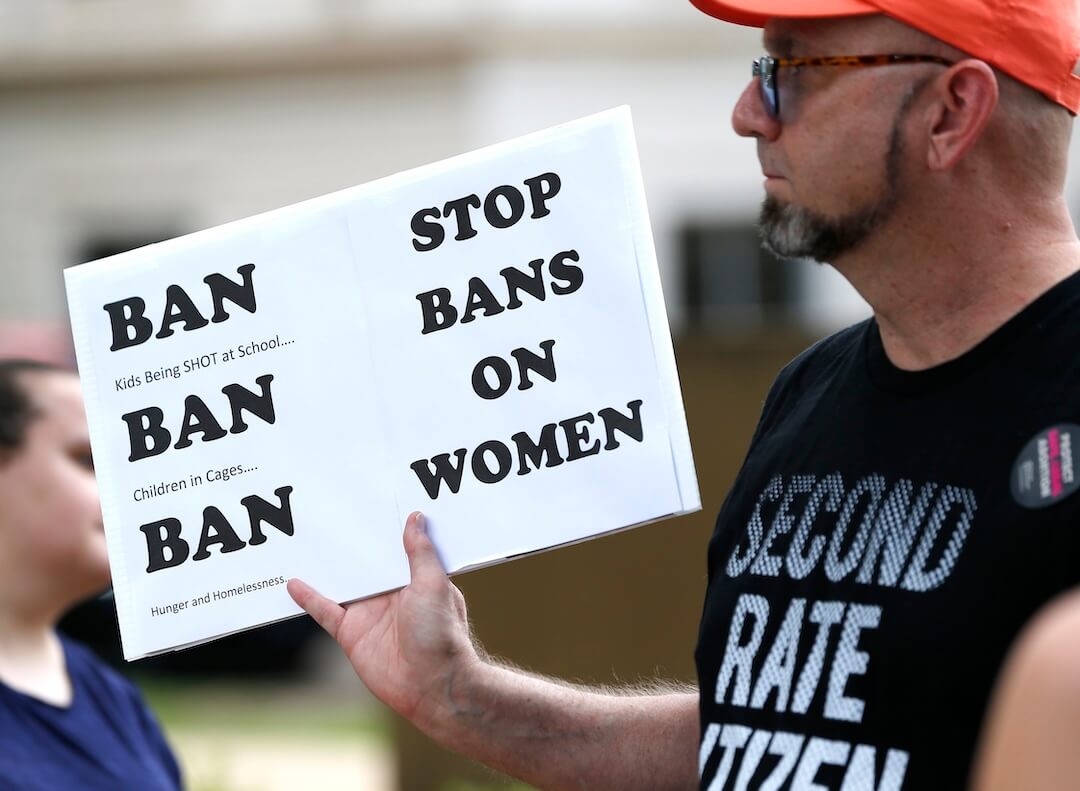America’s local journalists are burned out. It’s not just some of them — it’s the majority of them. And women and young people are more likely to endure the psychological phenomenon than men and older reporters.
Burnout is often regarded as an individual problem rather than an industry issue. Despite recent survey findings and academic research revealing the prevalence of burnout and suggesting potential solutions, many newsrooms continue to neglect its significance, resulting in scores of journalists needing to take time off or even leave their jobs entirely. And yet, news organizations still treat burnout as something to be handled on a case-by-case basis, undermining the urgency for industry-wide action.
Roughly 72% of local journalists in a study of more than 500 participants reported experiencing personal burnout and 70% reported experiencing work-related burnout, per a survey published in late April by the Center for Innovation and Sustainability in Local Media at the University of North Carolina Chapel Hill’s Hussman School of Journalism and Media. The age divide is also clear: More than 75% of journalists under 45 experienced both personal and work-related burnout while 62% and 57%, respectively, of those 45 and older reported the same.
Burnout has been verified as a medical diagnosis and also has nonphysical effects, like job departure. The study bears this out: 72% of participants said they had considered leaving their current job.
“It’s probably not surprising to a lot of people in the field, but it definitely should be something that’s dealt with and not thought of as OK,” said Elizabeth Thompson, a local news researcher at the center and the survey’s lead. “Having a large number of people experiencing burnout is not sustainable.”
The survey is one of the first conducted on burnout post-2020, said Katelyn Chedraoui, an undergraduate student researcher who worked on the study. The topic, she said, is very of the moment.
Burnout has various conversational and medical definitions. The World Health Organization defines it as “a syndrome resulting from chronic workplace stress that has not been successfully managed.” It can present itself in three ways — “feelings of energy depletion or exhaustion,” increased mental distance from a job or cynicism and negativity about that job, and “a sense of ineffectiveness and lack of accomplishment.”
These evaluating factors are similar to the Maslach Burnout Inventory, published in 1981 as a way to scientifically measure burnout and a standardized way to refer to burnout at work. But UNC researchers instead chose to use a tool that is free to the public and allows other academics to easily — and freely — replicate UNC’s study.
This Copenhagen Burnout Inventory measures burnout on three scales: personal, work-related and client-related, or, in this case, source-related burnout. Survey questions evaluated the physical body, like “How often do you feel tired?” or “How often do you feel weak and susceptible to illness?” Others queried the perception of work as a place — “Are you exhausted in the morning at the idea of another day at work?” And some focused on source relations, like asking whether “you give more than you get back when you work with sources?”
Journalists tend to experience far less burnout and stress from parts of their job related to sources, according to survey findings. That result surprised Thompson, who had wondered whether interactions with sources might have become more contentious after COVID-19 and the Jan. 6 insurrection.
Work-related burnout can also make the difference between someone leaving their job and someone simply considering it. About 80% of survey participants with high levels of work-related burnout said they had thought about leaving their job, while only 53% of those with lower levels said the same. And while higher pay may seem an obvious answer, only 39% — still the most common response — said that would be enough to keep them in their current role. “More support from newsroom leadership” was the second most frequent answer.
What burnout looks like on the ground
Thompson said she is no stranger to burnout in local news — it’s one of the reasons she chose to take on the topic.
After graduating from UNC in 2020, she found herself navigating a local journalism world that was largely remote and online. The hours were long and there was little separation between work and personal life, because the pandemic was a 24-hour issue.
“I struggled with (burnout) throughout my whole time working professionally as a journalist,” she said. “I think it’s so pervasive that it’s been kind of normalized. I didn’t really even realize when I was struggling that that wasn’t normal or good for me.”
As a young woman, Thompson is in one of the most likely demographic groups to experience burnout, according to the survey’s findings. And she’s not alone. Countless journalists have documented their experiences with severe burnout, leading some to leave the industry — either temporarily or forever.
In April, Florida journalist CD Davidson-Hiers wrote a column for Poynter about her experiences covering education and the pandemic in a local newsroom. As the death toll rose and angry emails stacked up, Davidson-Hiers personally fielded readers’ calls and texts for help about the vaccine rollout. Reporting on not just the pandemic but double homicides, a kidnapping and a young boy’s suicide had a devastating impact on her mental health. By May 2021, she knew there was no other option — she quit her job. Her recovery process is ongoing, an important reminder that the effects of burnout can stretch long after its triggers have ended.
“Slowly, slowly, I have been able to rebuild myself and decide what is mine to carry,” she wrote. “I continue to grieve — and grieve the person I’ll never be again — and I know that that’s OK. Every emotion has an end.”
2021 brought the Great Resignation, a year in which more than 47 million Americans chose to quit their jobs. The pandemic was a clarifying — or exacerbating — experience for many journalists, who realized that their working conditions were becoming unsustainable or that they had been unsustainable all along. That mass exodus was reflected in an uptick in job openings — journalism job postings increased by 35% between August 2020 and August 2021, according to job site Indeed.
Stacy-Marie Ishmael and Millie Tran became the unintentional faces of this crisis when they jointly left their jobs after roughly one year as, respectively, The Texas Tribune’s editorial director and chief product officer. In a tweet, Ishmael wrote that the Texas Tribune staff had “spent the last year operating at a relentless and breakneck pace to ensure that our journalism could rise to the demands of this moment. It did. We did. And in the process, I totally burned out.”
Later, in an interview with Poynter, the now-managing editor of crypto at Bloomberg reflected on what led her to that breaking point.
“I made the decision because I was spending too much time on the floor,” she said. “My husband, who is a champion, was just like, ‘Come on, you’re dying.’”
But there lies an obvious counterpoint to all of this: There are working journalists who are not burned out.
59-year-old Barry Adams, a reporter at the Wisconsin State Journal since 2001, is one of them. In his more than two decades at the newspaper, he’s covered everything except for sports. He currently writes about the environment and business and pens a weekly column, “On Wisconsin,” about interesting people and places in the state.
“I’ve got a great gig,” he said. “My ‘On Wisconsin’ column is why I’m here — it gets me out and about and writing about the people of our state. I’m not going to burn out from writing that anytime soon.”
Even if he doesn’t consider himself burned out, he knows how to recognize the signs. Pre-COVID, that might have been not getting home on time or missing a personal event. But post-COVID, it’s a different beast — he’s only supposed to work 37.5 hours per week yet he generally wakes up between 6:30 and 7 a.m. to get started. It can feel never-ending, he says.
Adams said burnout is not just a management or institutional issue for him. It’s an individual issue that reporters need to understand. Some of that understanding comes with age, he said. That coincides with the study’s findings that reporters 45 and over were less burned out than those under.
“Because older reporters have been in this longer, they’ve dealt with more and have seen more and can brush things off more,” Adams said. “Younger reporters will come in and they may be quicker to move onto something else if things aren’t going exactly where they thought they would.”
That idea is consistent with academic research. Scott Reinardy, the Malcolm Applegate professor in news management and editing at University of Kansas’ William Allen White School of Journalism and Mass Communications, interviewed 86 journalists in four different newsrooms in 2014 to get a sense of burnout on the ground. He found that older journalists, in general, were better-equipped.
“Generally speaking, older journalists were pretty good at managing the burnout — some of that is life experience and some of that is professional experience,” he said. “Younger people seemed to be trending toward burnout much quicker. That’s in part because they haven’t established those professional norms.”
Other researchers have focused not just on the causes of burnout but its impacts, including job departure. University of Washington associate professor in communication Matthew Powers studied the paths of journalists in the Seattle area between 2015 and 2021. Within that period, he found it was common for journalists to either have held the same job without advancement or left the profession entirely. Nearly 40% retained the same position in 2021 as 2015 and roughly 30% departed the industry altogether. Men were more likely than women to remain in journalism and white journalists tended to stay more frequently than journalists of color.
Powers noticed a common thread among those who left journalism: They all cited a “trigger,” a moment in which what once worked for them — or at least was acceptable — no longer was.
Not all journalists who experience burnout ultimately depart their post. Instead, Powers found a sort of middle ground, similar to quiet quitting, in which journalists who decided to view their job no longer as a calling or a vocation but as “something they just” did “during the day.”
“They are in some sense burned out and dissatisfied,” Powers said, “but they are not going to leave.”
If burnout is a psychological phenomenon that cannot be completely avoided, then perhaps this is the middle-ground solution.
Where do we go from here?
For a decade, Powers ended his burnout interviews with a simple question: If you had your druthers and could change anything in your career, what would it be?
The answer from journalists was almost always the same: not more money, or fewer hours, but “the time and support to do work they could be proud of.”
The communications professor came to see this as a double-edged sword. On the one hand, journalists entered the profession with an idealized view of a job that can be deeply effective. But after years of seeing that what they were sold was not necessarily what they were getting, they reached a breaking point.
“They come because they’re interested in writing … talking to interesting people,” Powers said, “but instead, they spend a lot of time sitting at the computer and they have to do a bunch of stuff that’s really not part of what attracted them.”
UNC’s survey didn’t include this insight because it’s predicated on a numerical score rather than individual interviews with survey-takers. Conducting more in-depth conversations, Thompson says, would be a logical next step. But as of now, researchers can’t establish a causal relationship between a moderate-to-high burnout score and specific working conditions.
What’s clear to academics is that the time has passed to view burnout as a phenomenon that can be managed personally and in small doses. This is an institutional issue, Reinardy said.
“You can’t ignore a problem for that long that is that expansive and that extensive in a newsroom and not have consequences,” he said.
What’s happening in the journalism industry is not happening in a bubble, Powers said. In fact, it’s a version of an issue that is occurring in other “socially important occupations,” like teaching, nursing and caretaking. These are professions in which people are extremely committed to what they’re doing yet may not be receiving sufficient support to stay.
None of this seems particularly hopeful to aspiring journalists, who are entering a field seemingly inundated with layoffs, low pay and, yes, burnout. But Chedraoui, the undergraduate researcher on the study, actually has an optimistic take.
“The way I look at it, going into this field, it’s not one newsroom’s problem — it’s an industry problem,” she said. “It’s a lot more likely to get solved.”








Yes – burnout can happen because of the fast paced nature of the work and the subject matter you are reporting on – but the ones who are leaving in droves who hit their 10 year mark and above – are not leaving because of those two factors. I can boil down the burnout and the reason people are leaving to this: Skeleton staffed newsrooms. The big corps pride themselves with running “lean machines” for bigger bottom lines – so they add MORE shows and keep salaries low and employee count low. THIS is what leads to burnout. It is a very simple solution. Invest in your people. Until the corps do that the ROI isn’t there.
This study does not surprise me. While it’s not a fatal flaw of the study, I suspect that respondents who are not burned out are less likely to finish the survey, which would skew the outcome. Even so, I trust the results, given the very consistent ranking of journalism as a bottom-10 vocation in the periodic “top 200 jobs” list produced by Careercast. Journalism is a calling, not a career. It attracts too many people who want to save the world rather than simply report what is happening in the world, speculating instead on what could happen by writing endlessly about doom and gloom. Journalists are trapped by the words “could” and “critics worry” and even softer claims.
Like a marriage, expectations for a journalism career are critical. If you expect to change the world in three years, I can guarantee you that’s an unrealistic expectation. I’ve worked for little newspapers all my life, and have been editor of this Nevada weekly since 2004. I’ve watched young people tackle journalism and do amazing things, but expecting the bubble to move much as a result is perhaps a bridge too far. Better to look at it as public service instead of a way to change things. There is value in observing and reporting, but it requires a lot of patience. There are plenty of jobs that pay better and require less commitment. Reporting (journalism is too high falutin’ for this ink-stained wretch) is best served with a side of humor and an ability to pierce the rhetoric.